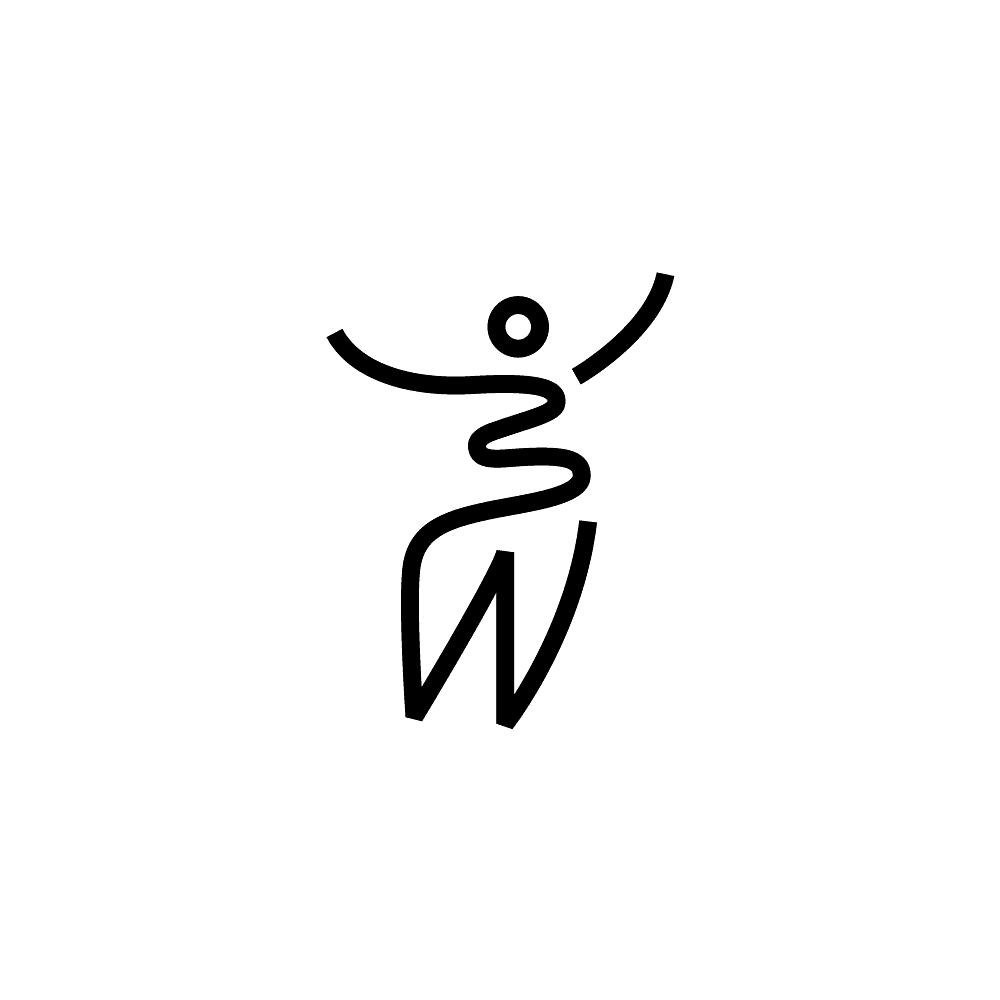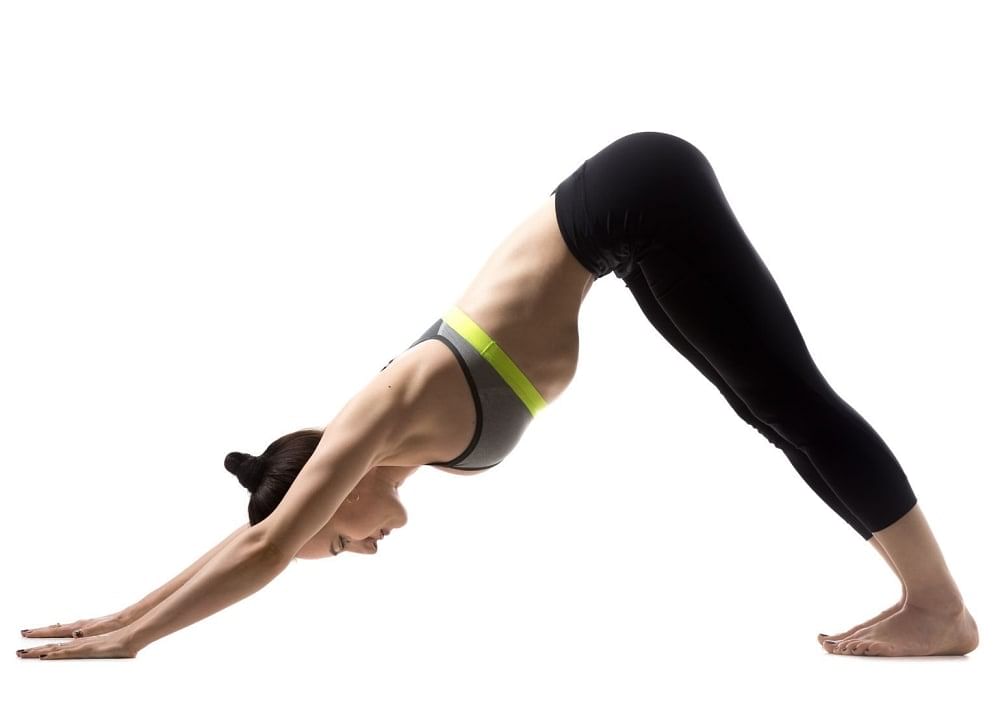What is Bhramari Pranayama (Humming Bee Breath)
The word "Pranayama" comes from a Sanskrit word. "Extension of breath" is the literal translation. Prana is the vital force that provides energy to our bodies. It establishes a close link between the mind and consciousness.
Bhramari Pranayama gets its name from Bhramari, a black Indian bee. Bhramari Asana can be practised to de-stress yourself primarily as a part of your routine yoga before bed.
Science Behind Bhramari Pranayam
The sound we generate when we exhale while practising this Asana, which resembles the humming sound of a bee in your throat cartilage, creates a calming effect in your brain and body.
Also Read: What Is Trikonasana (Triangle Pose) Benefits & Steps - Bodywise
Bhramari Pranayama Benefits
Bhramari Pranayama offers numerous advantages, which are as follows:
- Bhramari Pranayama aids in the improvement of focus, memory, and self-awareness.
- Helps with issues related to eyes, nose, and mouth.
- Helpful for people who suffer from paralysis.
- Lowers blood pressure, stress, and exhaustion.
- It is beneficial in cases of sleeplessness.
- It helps in controlling migraine headaches.
- Assists in keeping good heart health by preventing heart blockages.
- It can provide a soothing effect on nerves.
Spiritual Benefits of Bhramari Pranayama (Humming Bee Breath)
Humming has a powerful effect on the body, mind, and spirit. The humming sound produced during Bhramari Pranayama functions as a detoxifier, clearing the mind of all negative thoughts. It awakens and channels higher-level energy centres, which are crucial for spiritual development.
Bhramari Pranayama Benefits for Eyes
- It helps to increase focus and coordination between both eyes.
- Bhramari Pranayama also incorporates simple eye exercises and other body parts, which is also a great benefit.
Bhramari Pranayama Benefits for Ear Problems
Bhramari decreases the observed loudness of tinnitus, its impact on patients' lives, and the anxiety and depression associated with it.
Effects of Bhramari Pranayama on Brain
Bhramari Asan promotes focus, speech discrimination, and gripping capacity by putting the brain wave into an alpha state. This long-term workout, if done correctly, can revitalise and transform the body, mind, and spirit.
Also Read: Top Health Benefits of Vajrasana | How to Do, Precautions, More
Bhramari Pranayama During Pregnancy
As per a study, pregnant women practising Bhramari yoga for just eight weeks experienced reduced cardiovascular hyper-reactivity to cold stress.
Hypersensitivity to cold stress can be an early sign of preeclampsia. The ability to convert this reaction to hypo-reactivity can be used to prevent pregnancy-induced hypertension.
Bhramari Pranayama Steps
- Sit in a comfortable position either on the floor, on a chair, or on the bed to do Bhramari Breathing.
- Sit cross-legged or kneeled with a support of a cushion or blanket, whatever may be comfortable for you.
- Close your eyes as you relax into your seat.
- Feel the environment around you while stretching your spine and keeping your back straight.
- Block off any external sound by gently pressing your thumb on the cartilage of your ears just below your cheekbones.
- Close your eyes gently with your index and middle fingers.
- Take a big breath in through your nose and expel through your nose as well while keeping your ears shut.
- Make a humming or buzzing sound when you exhale.
- Continue breathing for at least six cycles, or as long as you like.
- Take a few moments to sit in silence and breathe normally after you've finished Bhramari breathing.
Side Effects of Bhramari Pranayama
There are no harmful side effects of Bhramari Pranayama, but here are some precautions that one must take care of:
Precautions for Doing Bhramari Pranayama
- Bhramari Pranayama should be done on an empty stomach or within four to five hours of eating.
- Pranayama should be done first thing in the morning, preferably before sunrise.
- Take a break and breathe deeply before moving on to the next round if you get exhausted while doing the Asana. Do not push yourself to do the Pranayama.
- While creating the humming sound, avoid putting pressure on your tragus.
- Instead of putting your fingers inside your ear, place them on the tragus.
- When practising Bhramari, don't put pressure on your face or eyes.
- When making a humming sound, be sure you don't go breathless.
- Avoid this breathing exercise if you are pregnant.












